I had the privilege of being on “the other side” of flamenco performances this past week. First, let’s be clear, two other sides exist to the dance. First, the musicians who usually find themselves behind the dancer, and second, the audience in front of the dancer.
| Photo from Nélida Tirado’s Dime Quién Soy at Bronx Academy of Arts and Dance. |
I played palmas (the rhythmic hand-claps used to keep time in flamenco) in Nélida Tirado’s Dime Quién Soy at the Bronx Academy of Arts and Dance. (On a side note, this center & Arthur Áviles present incredible programming that gives space for innovative artists to create in an underserved neighborhood.)
I’m honored that Neli trusts me to do palmas. Flamenco handclaps take an immense amount of concentration, knowledge, and experience. In Spain, people earn a living doing palmas, and I can tell you that as a dancer, having good palmas behind you not only makes dancing easier, but actually makes good dancing possible. If you do not have a strong compás (rhythm) to weave in and out of–to play in–you feel alone on stage. But when you have good palmas, with good soniquete (swing/musicality/dynamics), a world of possibilities opens up. Now I’m not saying I have superb palmas, I have much more I can learn when it comes to palmas. I’ve never stopped working on them over the years; I’ve practiced them for hours, first just getting the correct sound when I first learned palmas (I’m sure I drove my parents bonkers as I walked through the house clapping my hands non-stop). Then in NYC, working with Reynaldo Rincon and other artists, I had to learn even more–how to shade, how to do contratiempos (counter-time palmas), how to stay present as a musician which takes a different sort of concentration than staying present as a dancer. I had to gain the strength in my arms to do palmas for two long sets with demanding music. I’ve been yelled at countless times for my palmas, and I took the corrections and learned from them.
With Neli, I’ve learned even more about musicality. Her transitions between palos (rhythms) and even within palos have a musicality and dynamic outside the typical changes in flamenco, inspired by her varied background. For this performance, I had to remember when many cortes (sudden stops) or dynamic changes happened in the show. I’m accustomed to memorizing steps through muscle memory; the aural memory works differently and I’m simply not as accustomed or trained at it. Working with her as a musician opened me up to thinking about the palmas when I choreograph, how they can add to the steps I create. Then there’s just the idea that as a palmera, you’re part of the band. All the musicians have to be connected, ears open, feeling each others groove, so that the dancer (in this case Neli) can interpret and enjoy the music.
Being backstage with her, I watched as she went through the same emotions I had gone through earlier this year. When you direct, produce, create, and star in a work, you pour your heart and soul, energy, body, and sometimes money into an hour long performance that takes months (if not years) to put together. So when the week of the shows come, you have so much to think about–from lighting to picking people up at the airport to costumes, money, the list goes on and on and on and on….in watching someone else so overcome with nerves, but also passion and excitement for the work, that they lose things, forget things, cannot eat, etc., I felt more normal that I go through the same emotions the week of a show.
I watched the dancing develop over the performances, as she deepened her interpretation as we all felt more comfortable with the pieces. Being a part of that process felt rewarding. Knowing how the musicians feel before a show, in the process, and after makes me better understand the process of creating within flamenco.
But also, just DAMN to the musicians I got to work with!!!! So amazing, so generous, buena gente!
 |
| Taking selfies was part of the show! Here’s one from rehearsal 🙂 |
I also had the opportunity to see Flamenco Vivo Carlota Santana perform at BAM. I danced with the touring company for two and a half years, and the NYC company for several years before that, so I had never seen the company perform because I had been a part of it! I know all the performers personally and they make great compañeros, so I enjoyed sitting back and watching their artistry. As a performer, you never really know how things look from the outside when you just make up a small part of someone else’s artistic vision. I intimately know how it feels to dance the pieces, but not what the overall choreographies transmit to an audience.
| Ángel Muñóz performing with Flamenco Vivo at BAM. Photo from flamenco-vivo.org |
As much as I enjoyed the performance, it confirmed for me that I have made the best decision for myself right now to have left the company a year and a half ago to pursue my own artistic endeavors as a choreographer and flamenco artist. I miss aspects of being in the company, but I have been able to explore my personal expressions in new ways. I would not be the dancer I am without the experiences I had in Flamenco Vivo, particularly from the guidance of Antonio Hidalgo. On that note, I also would not be the dancer I am today without the mentorship from Nélida Tirado.


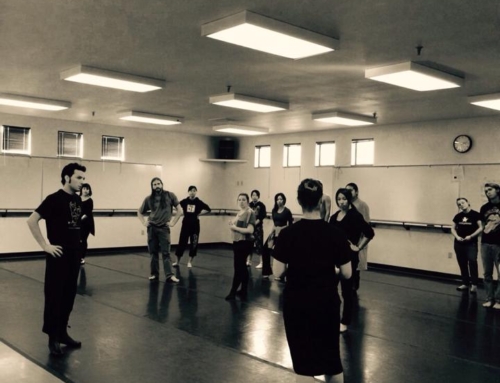
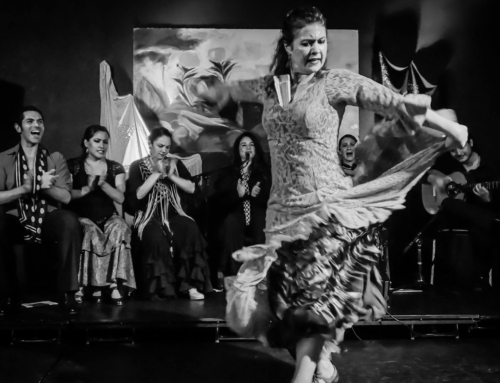

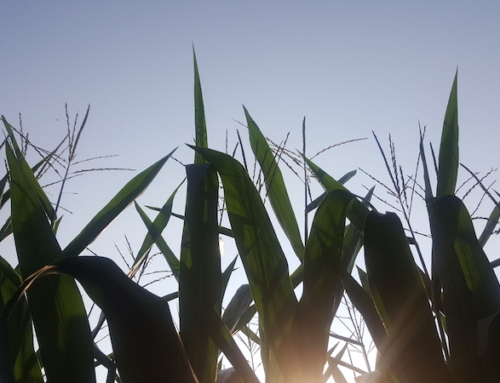
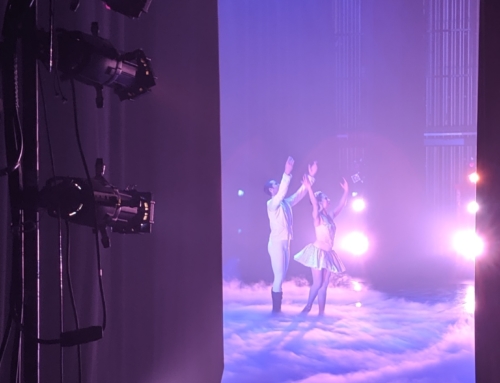
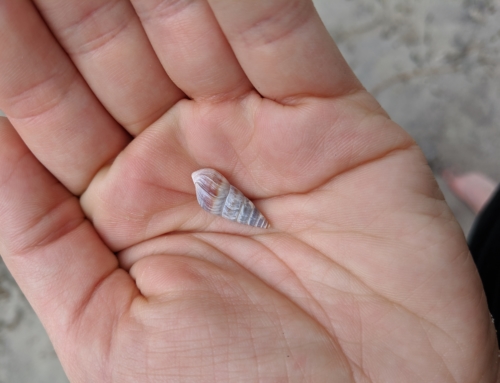
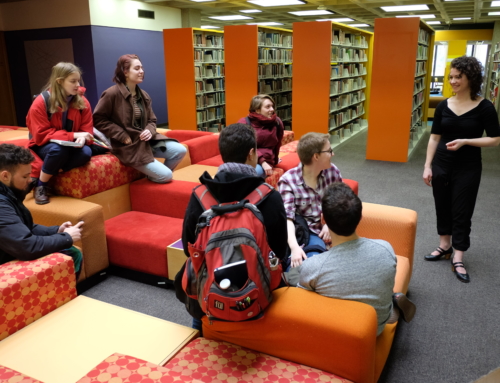

Leave A Comment